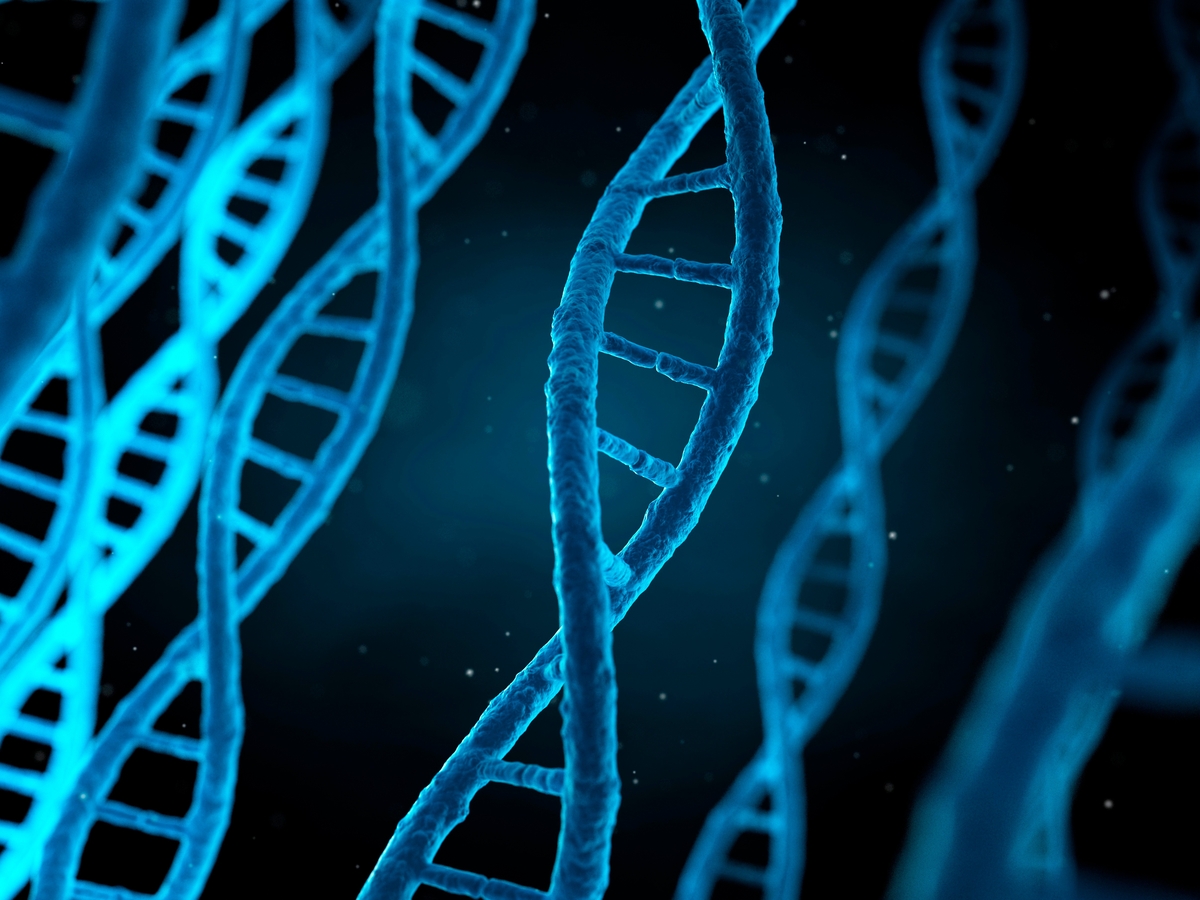How does ddPCR work?
The ddPCR technique is based on the partitioning of nucleic acid samples into tens of thousands of microdroplets of defined volume in a water-oil emulsion. Amplification of target nucleic acid sequences is carried out within each microdroplet using a similar workflow and reagents as used in a standard TaqMan® probe-based assay. Based on the fluorescence detection after amplification, each droplet is counted and scored as either PCR-positive or PCR-negative. The target DNA/RNA template concentration (copies/µl) in the original sample is quantified using a Poisson distribution.1,2

